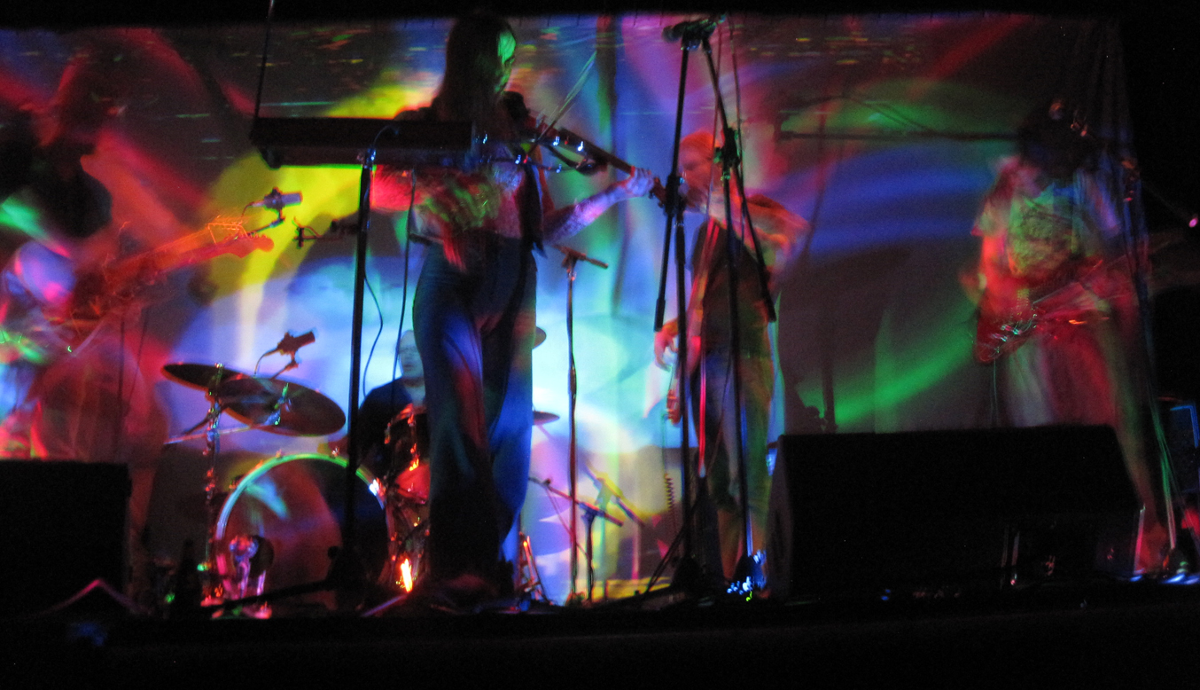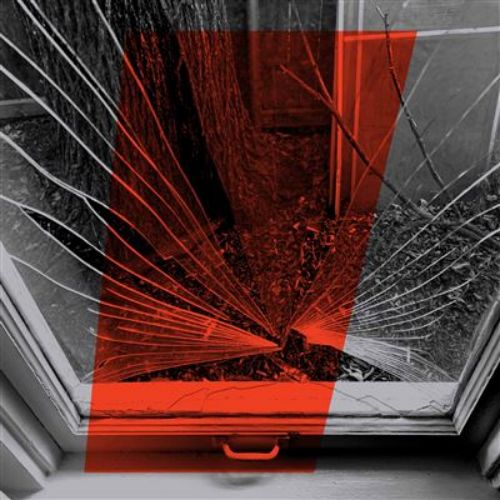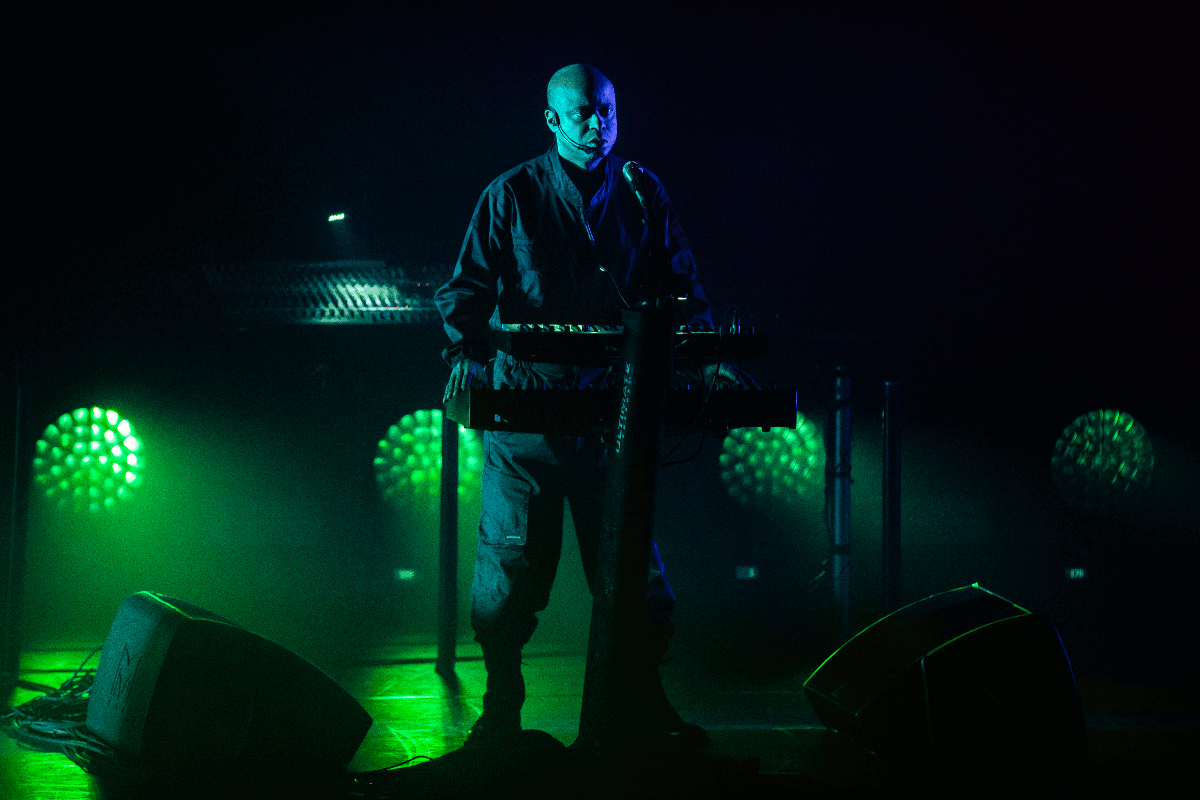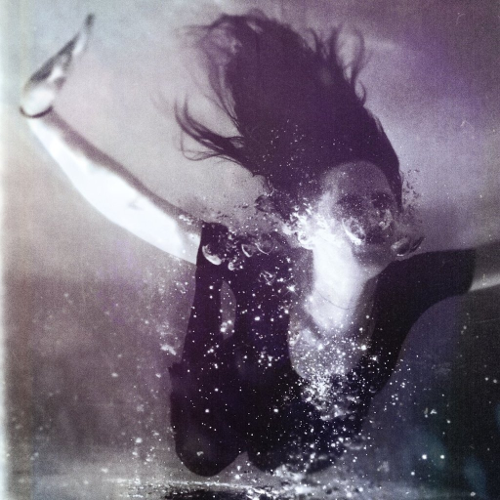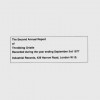 Following the final termination of Throbbing Gristle, the surviving members have revived Industrial Records with the aim of presenting their recorded legacy with all the care and attention it deserves. Each of the studio albums have been lovingly re-mastered by Chris Carter and are repackaged in lovely card sleeves. All the CDs come with a second disc, selecting live highlights from the period of the respective album, along with any stray singles. The live tracks are certainly a highlight, but the choices follow exactly those on the four volumes of Throbbing Gristle Live that Brian Lustmord curated for Mute a few years back, and of course all appear on either the TG24 or TG+ box sets. But still, those selections were pretty perfect then, so why play around with them now?
Following the final termination of Throbbing Gristle, the surviving members have revived Industrial Records with the aim of presenting their recorded legacy with all the care and attention it deserves. Each of the studio albums have been lovingly re-mastered by Chris Carter and are repackaged in lovely card sleeves. All the CDs come with a second disc, selecting live highlights from the period of the respective album, along with any stray singles. The live tracks are certainly a highlight, but the choices follow exactly those on the four volumes of Throbbing Gristle Live that Brian Lustmord curated for Mute a few years back, and of course all appear on either the TG24 or TG+ box sets. But still, those selections were pretty perfect then, so why play around with them now?
No song summed up the grey belligerence of ’70s Britain better than “Last Exit,” (included here on the bonus disc), where Genesis P-Orridge blankly intones “Fuck off, cunt” over a churning non-groove, before surreally layering images of being hit by a brick with those of the Queen’s sex life. This was a time when rock fans were still more likely to be listening to a quite different Genesis spinning whimsical tales of the Eleventh Earl of Mar.
Most of us encountered TG via Second Annual Report, the previous year’s “report” having been an ultra-limited cassette release, and hearing it for the first time was indeed like being hit with a brick. For all punk’s year zero iconoclasm, Sideburns fanzine’s infamous “this is a chord, this is another, this is a third. Now form a band”manifesto was rendered obsolete by TG’s complete rejection of any musicianship, even that basic. If you could make a sound, using anything, it could be music. The only limit was imagination and ingenuity. Sure, TG used guitars and bass, but solely as conveniently amplifiable sound sources, mangled out of recognition through Carter’s home made electronic gadgets and mixed in with Sleazy’s found tapes, which predicted sampling by a good half decade. The resulting racket retained the visceral thrill of rock’n’roll, but stripped it of all its clichéd baggage. In retrospect, there were of course precedents – Cluster’s 1971 self-titled album bears a remarkable resemblance, and a lineage can be traced right back to Luigi Russolo’s The Art of Noises manifesto in 1913, but TG rubbed this grinding noise right into the faces of a hostile punk audience who had never experienced anything like it before.TG’s ambivalent approach to sonic fidelity, releasing roughly recorded live cassette recordings and on the other hand exploring state of the art holophonic sound techniques worked in their favour. The lo-fi recordings never sounded out of place, simply because there was no precedent at the time to reference what these strange sounds were ‘meant to’ sound like… the sound quality on any recording just became part of the music. This way, Second Annual Report was able to mix up snippets of live and studio recordings into a fully coherent whole. Chris Carter’s re-mastering is faithful to the original spirit, enhancing the rich analogue tape quality and dynamic range while resisting any temptation to ‘update’ or polish the sound. TG haven’t sounded so alive and exciting since the original releases first appeared back in the Seventies.
Eight months after the initial shock of Second Annual Report, a single United appeared, this time shocking in the fact that TG had actually made a pop record. A perfect early example of minimalist electro-pop (a full month before Human League’s Being Boiled), “United” proved that there was far more to TG than just sonic attrition. The b-side “Zyklon B Zombie” was far nastier, but nevertheless equally catchy. Both sides of the single appear on the bonus disc that comes with the new re-master and are also repeated on Throbbing Gristle’s Greatest Hits. “United” stands up today as a perfect pop single on par with “Waterloo Sunset” and “Good Vibrations.”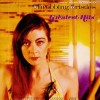 Throbbing Gristle’s Greatest Hits appeared in 1981, shortly after we received an austere black edged postcard simply stating “The Mission is Terminated.” To the uninitiated, the packaging’s pastiche of 1950s lounge exotica LP sleeves must have seemed like an ironic post-modern joke. However TG had always championed the work of exotica artists like Martin Denny (to whom the album is dedicated) identifying a kinship to their own sonic exploration that was far closer than anyone in the contemporary rock world. The title too, was no joke – this is a collection of irresistibly catchy tunes, all number one hits in the parallel universe where Sleazy, Cosey, Chris and Gen replace John, Paul, George and Ringo.
Throbbing Gristle’s Greatest Hits appeared in 1981, shortly after we received an austere black edged postcard simply stating “The Mission is Terminated.” To the uninitiated, the packaging’s pastiche of 1950s lounge exotica LP sleeves must have seemed like an ironic post-modern joke. However TG had always championed the work of exotica artists like Martin Denny (to whom the album is dedicated) identifying a kinship to their own sonic exploration that was far closer than anyone in the contemporary rock world. The title too, was no joke – this is a collection of irresistibly catchy tunes, all number one hits in the parallel universe where Sleazy, Cosey, Chris and Gen replace John, Paul, George and Ringo.
These records, and Second Annual Report in particular, are hugely important works, every bit as influential as The Velvet Underground and Nico, Trans Europe Express and Heartbreak Hotel. It’s wonderful to be able to hear them again in their full uncompromised glory.
On a visit to London a couple of years back, I made a pilgrimage to 10 Martello Street, Hackney, where many of these recordings were made. Beneath the inevitable gentrification of the area, there was still a trace of the grimy menace that must have permeated this run-down street tucked away behind London Fields railway station back in the mid ’70s. I made some of my own recordings outside what used to be the Death Factory, but couldn’t for the life of me find a blue plaque on the wall. This place was Britain’s very own Sun Studios – surely there was a blue plaque? I checked again the following year, but still no sign… somebody play these reissues to Hackney council now!
-Alan Holmes-
